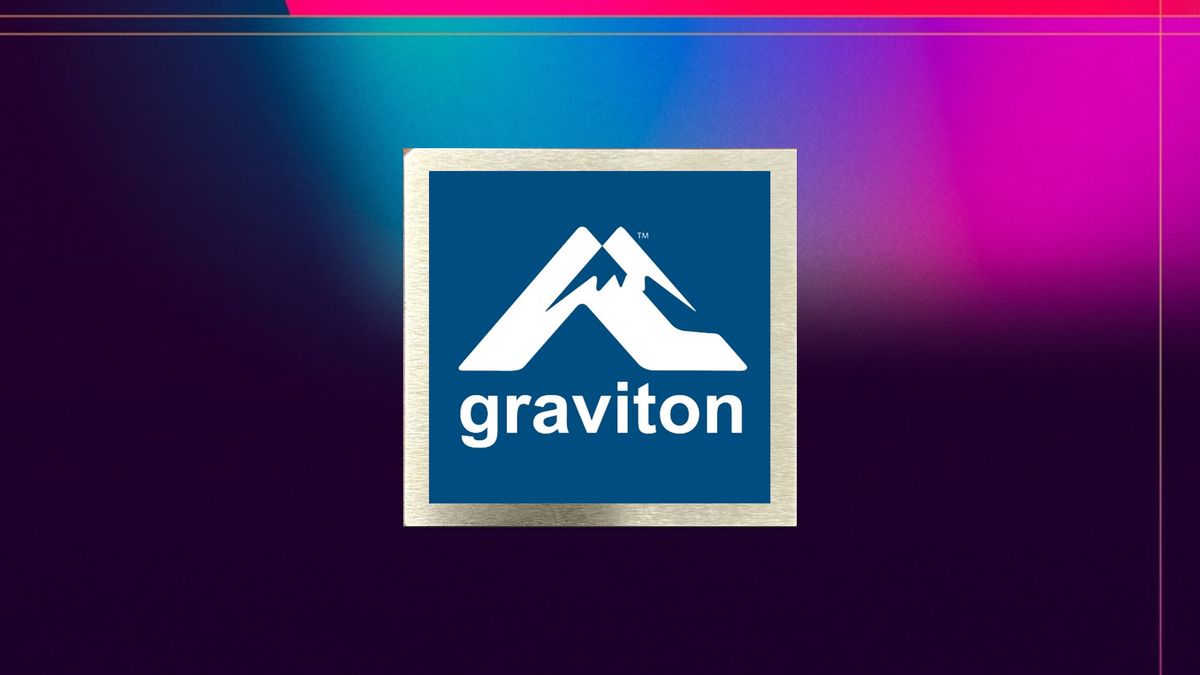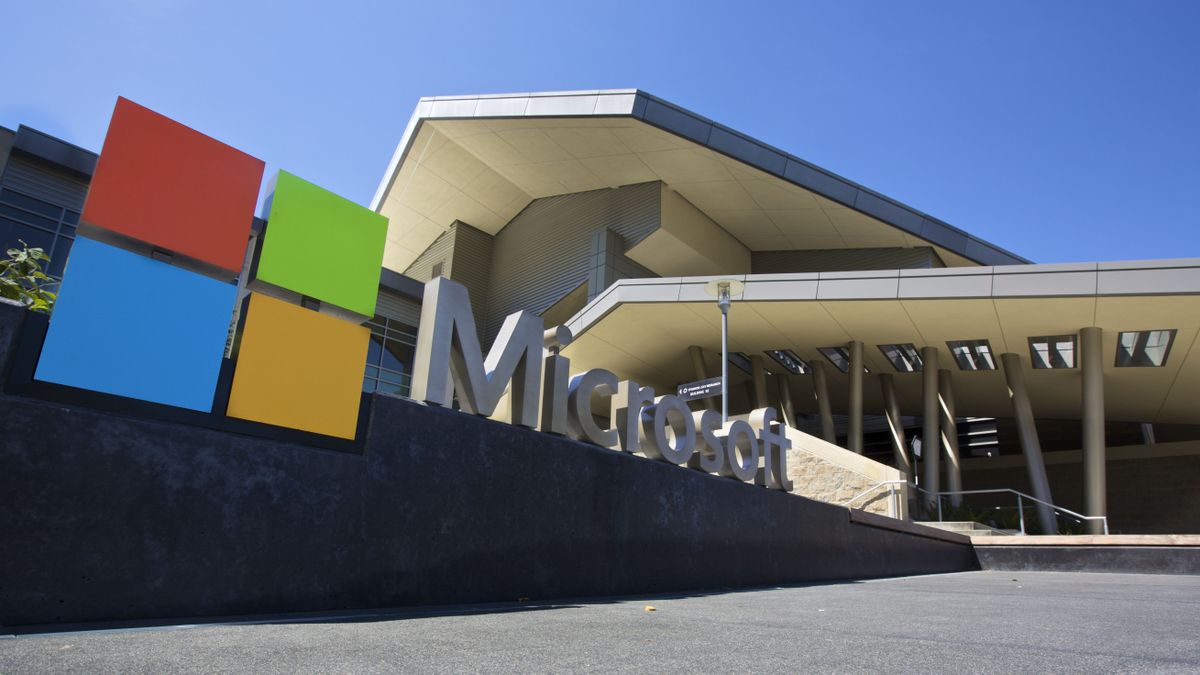Get more in-depth ZDNET tech coverage: Add us as a preferred Google source on Chrome and Chromium browsers.
I used to struggle when shopping for a new computer. Over time, I learned to narrow things down to what I call the "performance trifecta" -- three main components you should be mindful of when buying a laptop or desktop: processor, storage drive, and RAM. The first two are pretty easy to figure out. A good processor ensures that a computer performs well, and a lots of local storage means you'll have plenty of room for all your files.
Also: One of the best work laptops I've tested has MacBook written all over it (but it's even better)
Memory is a component I don't think many people fully understand or pay attention to (I was certainly a part of this group). RAM, or random access memory, is essentially a computer's short-term memory. Instead of saving data directly onto an SSD, the computer stores files temporarily in the RAM for quick access. That way, the device won't need to use its storage to open a document or software resources, ensuring fast performance.
There's a lot of information and differing opinions regarding RAM and how much you need on your computer. Should you opt for the laptop with the 32GB LPDDR5X RAM, or will 16GB be enough? I'm here to cut through all the fog and provide easy-to-understand advice on the amount of memory you should get.
How much RAM do you need in 2025?
The short answer: it depends on the operating system. For Windows machines, 16GB of RAM has become the operational minimum on new consumer laptops. Modern workloads have ramped up to such a degree that less RAM on a Windows device is fine, but it will limit you to everyday tasks like writing emails, internet browsing or watching YouTube videos.
But let's be real here: the average worker is probably running dozens of tabs in their browser, a handful of apps in the background, and (possibly) generative AI, all of which demand memory power. In that sense, most people using their Windows laptops for work will want at least 16GB (for a value-driven, future-proof option) for a smooth user experience.
Also: Why I highly recommend the M4 MacBook Air to most people (and now it's on sale)
When it comes to MacBooks, things are a little bit different. Because Apple's machines are so optimized to handle daily workflows, 8GB of RAM goes a bit further than a stock laptop running Windows. In fact, it wasn't until only recently that Apple made 16GB the starting point with the new MacBook Air M4.
MacBooks with 8GB are still solid machines for daily use, while more powerful models like the MacBook Pro and MacBook Pro Max offer substantial power with 24GB, 36GB, or more, making them some of the most powerful laptops on the market (and some of the priciest).
Besides just Windows and Macs, Chromebooks are a third category of consumer laptops that have seen a spike in popularity over the last few years due to their average lower price and lightweight operating system: ChromeOS.
Because ChromeOS is so streamlined, Chomebooks can get along just fine with 8GB or even less, making them great machines for handling the basics like working out of the browser and having your Google Suite at your fingertips with snappy performance and a low price. The trade-off, however, is that you'll have less access to apps you'd otherwise find on Windows.
Also: Is a refurbished MacBook viable in 2025? I did the math, and here's my expert advice
All in all, it's true to say that the more memory you have, the better your computer should perform. But having too much RAM can also be a poor return on investment because you end up spending money on a resource that you hardly ever use to its fullest extent. It's like owning a big house but only using a few of the rooms.
When buying a new laptop, I just recommend having a clear understanding of what you want to use it for -- that way you can make a realistic expectation about how much RAM you need.
What does DDR5 mean?
Sometimes, when shopping for a computer, you'll see the letters "DDR" followed by a number. This is an acronym that stands for "double data rate." Without getting too deep into the weeds, DDR is a type of technology that improves the data transfer speed from RAM to other components, such as the processor. There have been five main DDR generations so far, with the latest and fastest standard being DDR5.
Also: I found the 5 best laptop sales - just in time for back to school
Similar to 16GB of memory, DDR technology has effectively become the new standard for RAM as users demand faster speeds. There are also variations of the technology. A notable version is LPDDR5X, which stands for low-power double data rate 5X, a more energy-efficient version of DDR5 designed specifically for mobile devices.
Don't expect DDR6 RAM to be released for a computer near you anytime soon. We saw the JEDEC (Joint Electron Device Engineering Council) announce the release of LPDDR6 back in early July. The JEDEC is the organization that established DDR as a standard for computers. The technology is available for manufacturers to implement in their devices, but whether or not it'll happen -- or how soon -- is yet to be seen.
Want more laptop advice? Add ZDNET as a preferred Google source on Chrome and Chromium browsers.
When should you upgrade?
16GB is fine for most cases, although if you're a gamer or creative professional, you should consider opting for 32GB of RAM. More RAM will ensure that the games you play and the video-editing apps you use for work operate more smoothly. I have that amount for my personal computer, and I'm very happy with that setup because I don't just write.
I also play games on my desktop, edit photographs and videos, and run virtual machines, among other things. It's a heavy workload that requires the correct amount of resources to operate; even then, I am considering upgrading my PC to have more. It's not uncommon for me to see my workload take up over 70% of my computer's total RAM.
Also: The best mini PCs you can buy
I consider anything above 32GB of memory excessive unless you're a specific type of user. If you're editing 8K videos or running heavy apps simultaneously, then you'll probably need 48GB or 64GB of RAM. A good laptop that can deliver would be something like the M4 MacBook Pro or the Dell Premium 16. These are solid, top-of-the-line machines capable of tackling tough workloads.
I've been writing about both software and consumer electronics for almost 10 years now, and in that time, I've worked in many different settings, from the traditional office to the home office, and even someone's backyard. The remote experience has made me extremely selective about what I choose to make my main computer, as I want to ensure the devices I use can handle my day-to-day tasks. I'm on my computer all day, practically every day of the week.
Also: I tested several AIO computers in 2025, and these are the best for your office setup
I'm also at a point where I've tried just about every type of laptop on the market. I know which features and specs you should look out for when purchasing a new computer -- and which ones are not worth your time.
The advice I have given is not a set of hard and fast rules. I just aim to provide a foundation of what you should look for in a laptop. What is best for you depends on your unique needs.

 4 months ago
33
4 months ago
33





 English (US) ·
English (US) ·